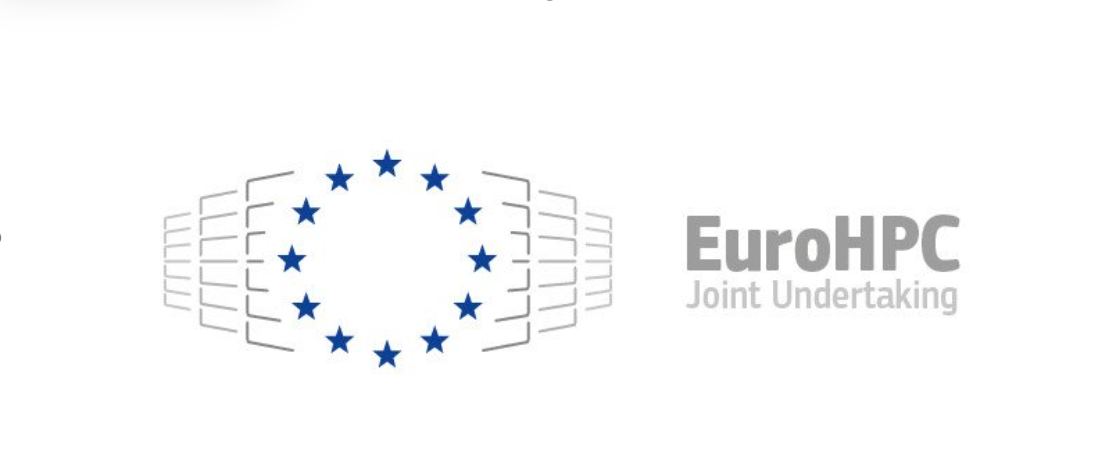What is supercomputing?
Supercomputing refers to the use of powerful computers, often consisting of thousands of processors, to perform complex calculations and solve problems that are beyond the capabilities of ordinary computers. These machines are used in a wide variety of fields, including scientific research, weather forecasting, financial modelling and more.
Supercomputers are designed to process enormous amounts of data at incredible speed. They are able to perform millions or even billions of calculations per second, which allows researchers and scientists to process large amounts of data in a short amount of time. These machines are often used to run simulations, model complex systems, and analyse massive data sets.
To put it in simpler terms, imagine you have a really difficult math problem that takes a long time to solve by hand. A supercomputer is like having thousands of people working on that problem all at once, and they can solve it much faster than you could on your own.
What you can do with supercomputing
The opportunities for using supercomputers are endless. Applying supercomputing to cancer research, weather forecasting, virtual prototyping or language modelling are just a few examples of how this technology is being used in academia, government, and business. High-performance computing (HPC) can be used in a wide variety of fields. Some examples include the following:
- Big data analytics and visualisation of millions of data points
- Predictions and forecasting of complex models
- Complex simulations and modelling with multiple parameters
- Virtual prototyping and optimisation of new product designs, processes, complex materials
- Training of machine learning and deep learning algorithms
- Artificial intelligence in the loop for smarter computations
Computational modelling and simulation
Using HPC modelling and simulation for product optimisation brings significant benefits, as prototyping is often an expensive and time-consuming process. Concrete examples of how HPC-generated simulations and visualisations can be used include, among others:
- simulation of virtual factories and digital pilots
- analysis and visualisation of data produced by smart manufacturing systems
- virtual testing of safe automated driving systems
- simulation of the binding capacities of target drug compounds in medicine
- climate modelling to study greenhouse gas emissions reduction
- sustainable energy modelling
- disease prediction
- fraud detection

EuroCC 2 has received funding from the European High-Performance Computing Joint Undertaking (JU) under grant agreement No 101101903. The JU receives support from the European Union’s Digital Europe Programme and Germany, Bulgaria, Austria, Croatia, Cyprus, Czech Republic, Denmark, Estonia, Finland, Greece, Hungary, Ireland, Italy, Lithuania, Latvia, Poland, Portugal, Romania, Slovenia, Spain, Sweden, France, Netherlands, Belgium, Luxembourg, Slovakia, Norway, Türkiye, Republic of North Macedonia, Iceland, Montenegro, Serbia.

